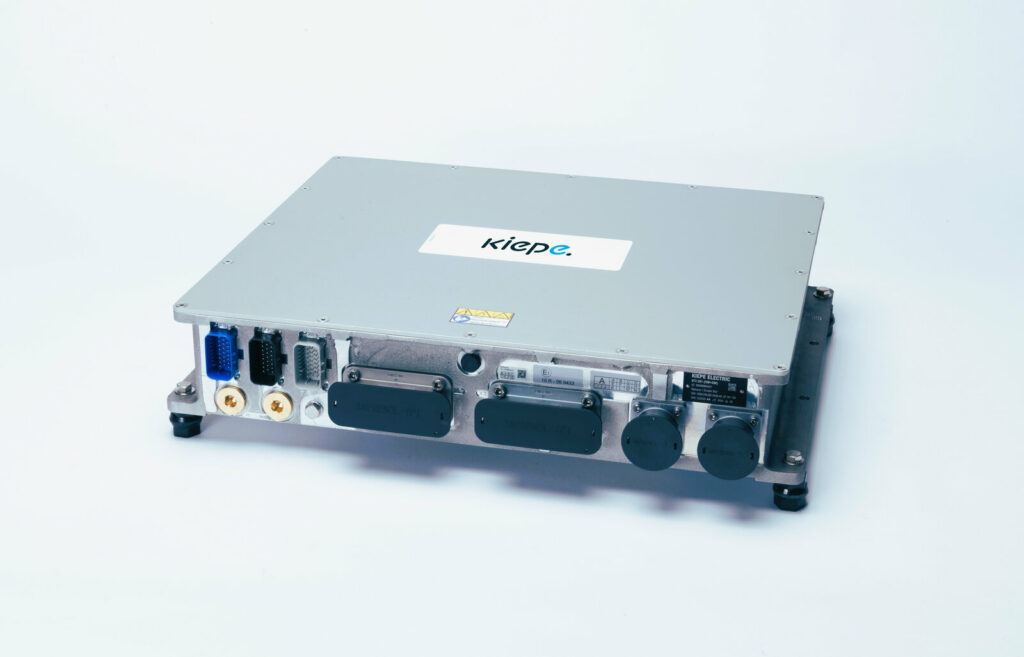
Kiepe Electric is advancing the electrification of heavy-duty mining vehicles by leveraging its expertise in traction inverters, regenerative braking, thermal management, and system integration, with an emphasis on efficiency, durability, and seamless integration, writes Peter Donaldson. Read more…
Category: E-Mobility Engineering
Ricardo develops rare earth and copper free, electric propulsion motor
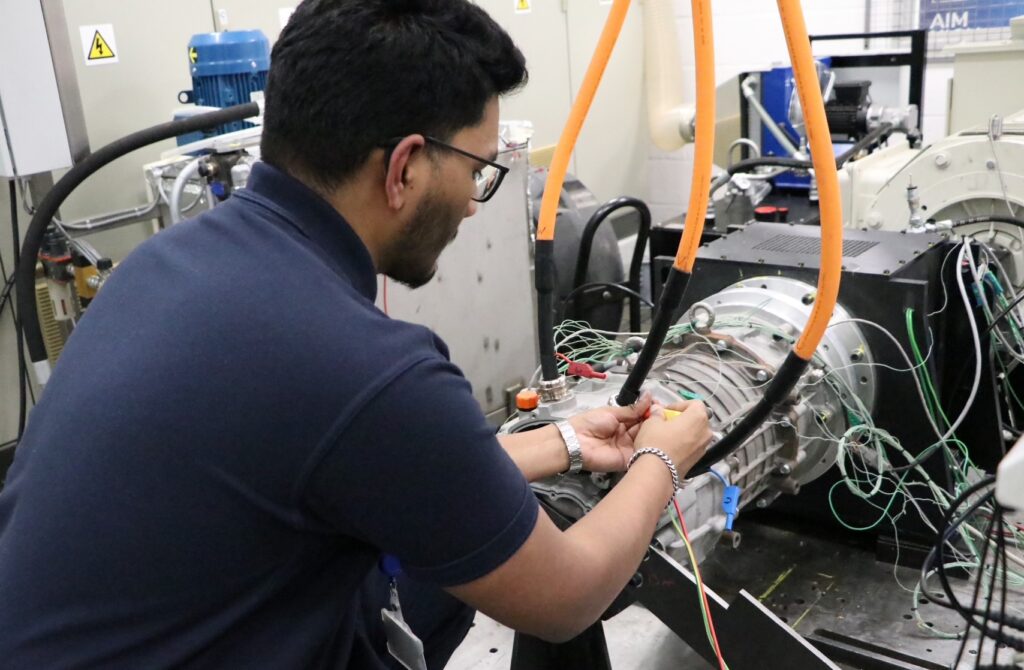
Ricardo, a global strategic, environmental and engineering consulting company, has designed, developed and tested a prototype electric propulsion module, Alumotor, an innovative rare earth metal free synchronous reluctance motor. Read more…
Having a whale of a time in an offshore vessel
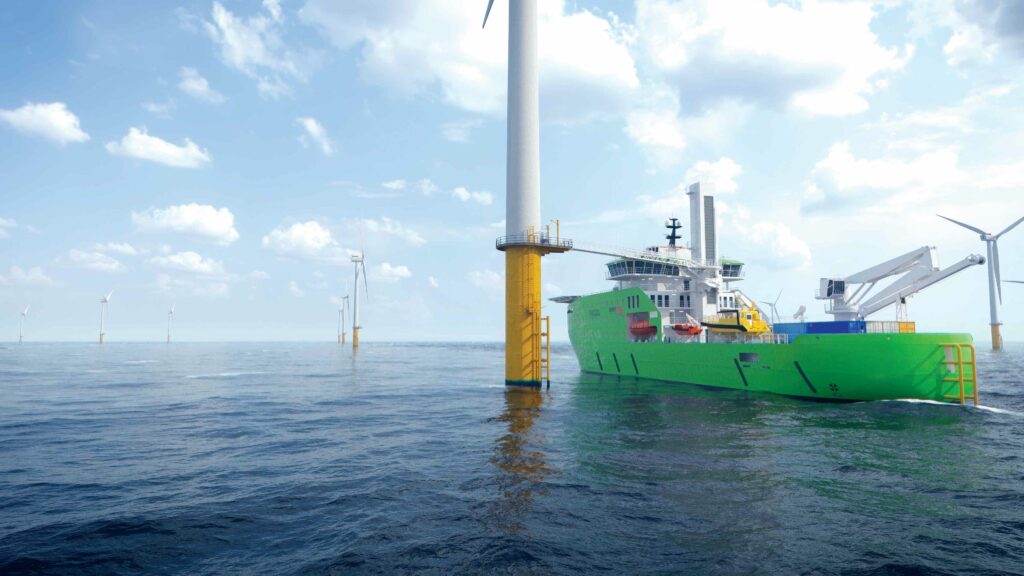
Corvus Energy is to supply a 25 MWh battery system for the world’s first fully-electric offshore sea vessel, writes Nick Flaherty.
The vessel is an electric Commissioning Service Operation Vessel (eCSOV) that will be constructed by Armon shipyard in Spain for UK-based shipowner Bibby Marine.
Corvus Energy will supply its Blue Whale Battery Energy Storage System (BESS) with 25 MWh of lithium iron phosphate (LFP) batteries. Read more…
Having a whale of a time in an offshore vessel

Corvus Energy is to supply a 25 MWh battery system for the world’s first fully-electric offshore sea vessel, writes Nick Flaherty.
The vessel is an electric Commissioning Service Operation Vessel (eCSOV) that will be constructed by Armon shipyard in Spain for UK-based shipowner Bibby Marine.
Corvus Energy will supply its Blue Whale Battery Energy Storage System (BESS) with 25 MWh of lithium iron phosphate (LFP) batteries. Read more…
Emulator charges big trucks and aircraft
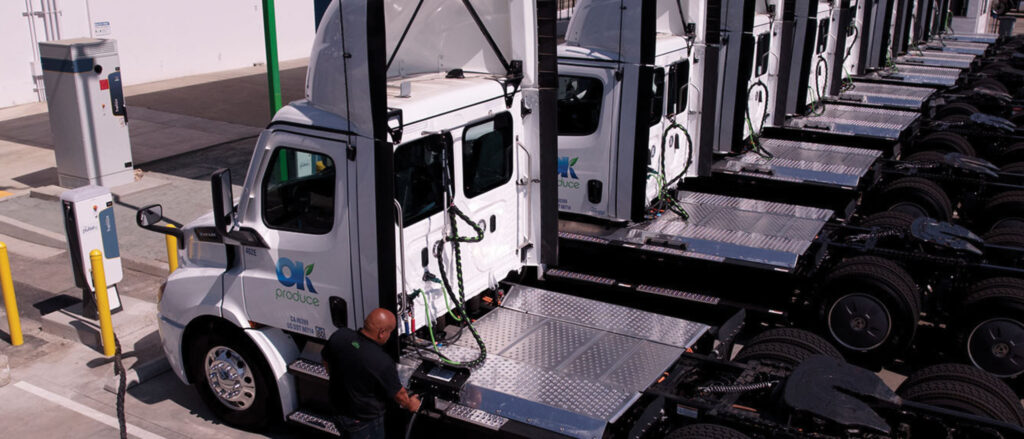
Researchers in the US have developed an emulator for a 20 MW charging system for heavy-duty electric trucks and aircraft, writes Nick Flaherty.
In 2024, US companies deployed more than 15,000 medium- and heavy-duty EVs, including battery-electric semi-trucks, passenger buses and delivery vans. Read more…
Reducing on-resistance in e-bike designs

Renesas Electronics has developed a new process technology for more efficient, 100 V silicon MOSFET transistors in e-bike designs, writes Nick Flaherty.
The REXFET-1 process reduces on-resistance between the drain and source by 30% to 1.5 mO, which cuts losses and boosts efficiency. Read more…
Machine learning slices powertrain development phase
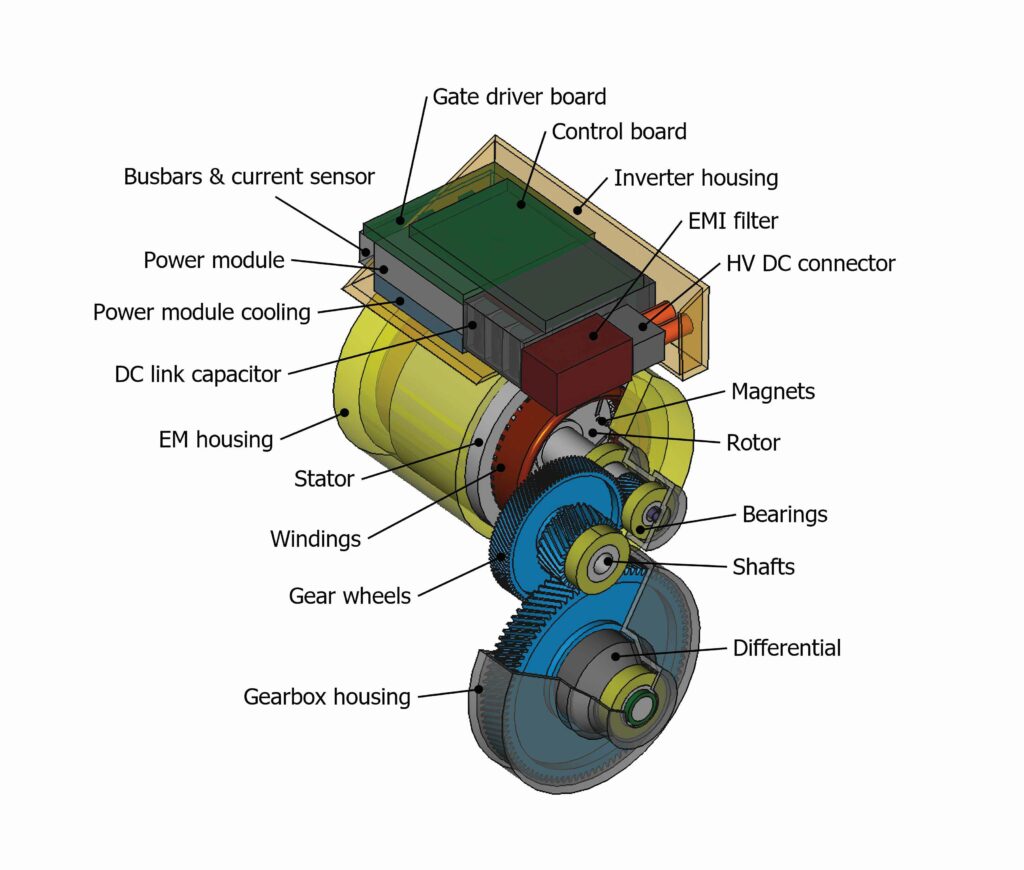
Researchers at Graz University of Technology (TU Graz) have used machine learning to shorten the development phase of battery EV powertrains by several months, writes Nick Flaherty.
The 10-year Optimisation of Electric Drives (OPED) project combines simulation models of components with evolutionary optimisation algorithms, cutting development time to one day. Read more…
Precise measurement of battery films
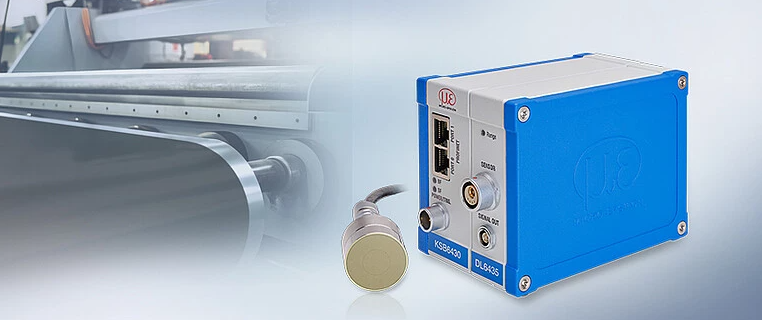
The combiSENSOR KSB6430 combines two different measuring principles and converts their advantages into precise thickness measurements. The measuring range of the sensor extends from 5 µm to 3 mm and is therefore designed for both very thin and thicker coatings. Read more…
Fellten Charge Qube
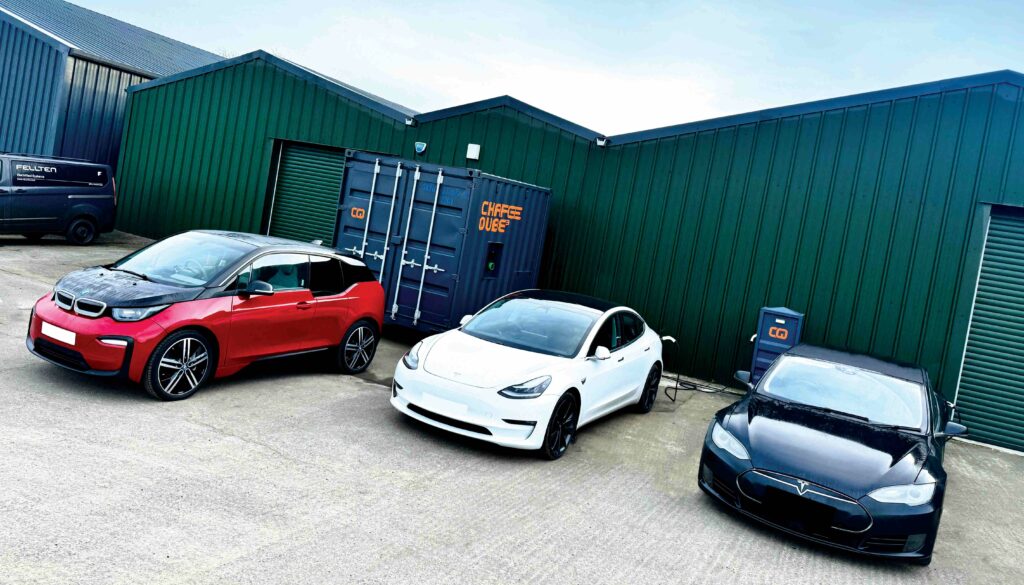
Peter Donaldson investigates a containerised system that can charge multiple vehicles and doesn’t need a grid connection.
Until the electric power grid is able to support fast charging for EVs everywhere, there is likely to always be a market for something like Fellten’s Charge Qube – a containerised system that stores energy in repurposed battery packs and can charge multiple vehicles simultaneously, with or without a connection to the grid. Read more…
HIL Testing

Nick Flaherty traces the line where digital models of components meet simulation to experience a vehicle before it is even built
Virtual design methodologies are increasingly being adopted in the development of e-mobility platforms – combining digital models of components with simulation to create a digital twin of an entire vehicle that can be driven before it has even been built. Read more…
Battery leak testing
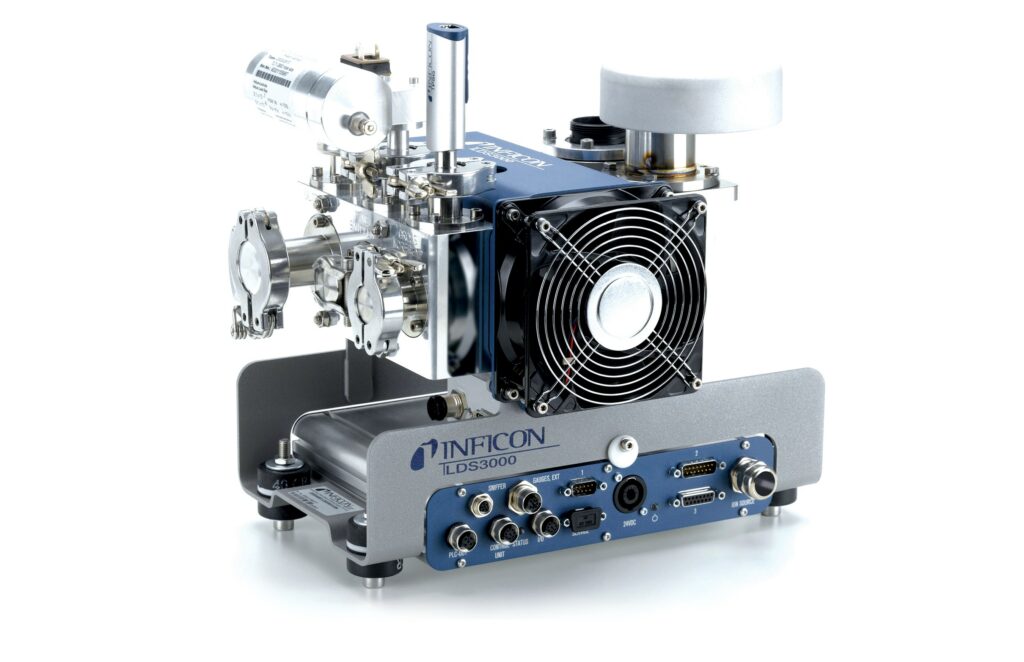
Peter Donaldson delves into the world of battery leak testing.
With the exception of old, British motorbike engines – it was said that if they’re not leaking, there’s no oil in them – leaks from anything are usually a sign of a problem.
The escape of liquids such as coolant and electrolyte are undesirable, and the emission of gases can be the first warning sign of a thermal runaway. Read more…
AI and battery management systems
alt=’E-Mobility Engineering’>
AI is with us and it’s being incorporated into battery management systems (BMS), but its implementation faces challenges, writes Peter Donaldson.
Machine learning (ML) is applied to improve the accuracy of state estimation, with neural networks and support vector machines analysing historical data, and driving patterns and environmental conditions to estimate, predict and optimise battery states of charge, health and power. Read more…
Doosan Bobcat T7X
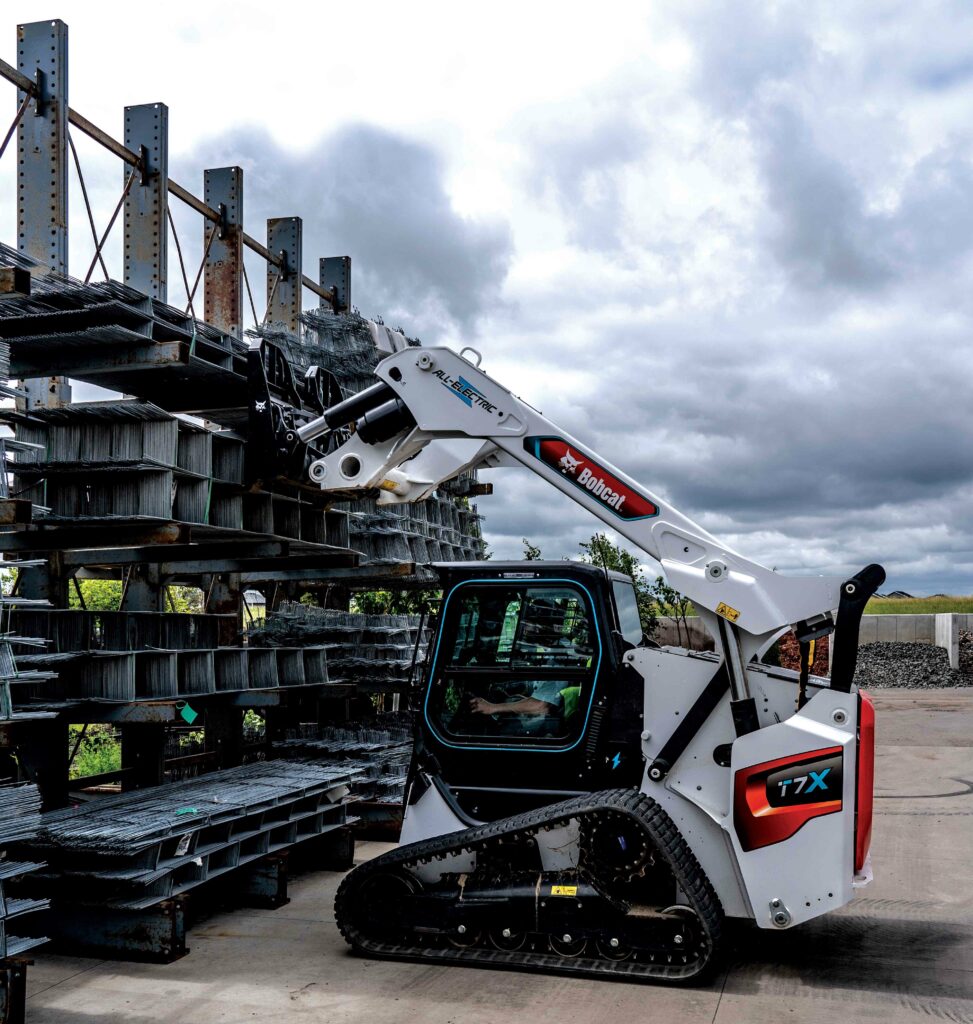
Doosan Bobcat is using electrification to not only reduce emissions in construction but also radically change the operation of compact track loaders, reports Will Gray
Construction is not the first industry you think of when it comes to sustainability or electrification. Heavy, power-hungry machines do not immediately suggest the ideal platform for battery-powered performance, yet Bobcat has discovered the opposite, with its new T7X compact track loader outperforming its diesel-powered equivalent in almost every area. Read more…
In conversation: Tony Fong
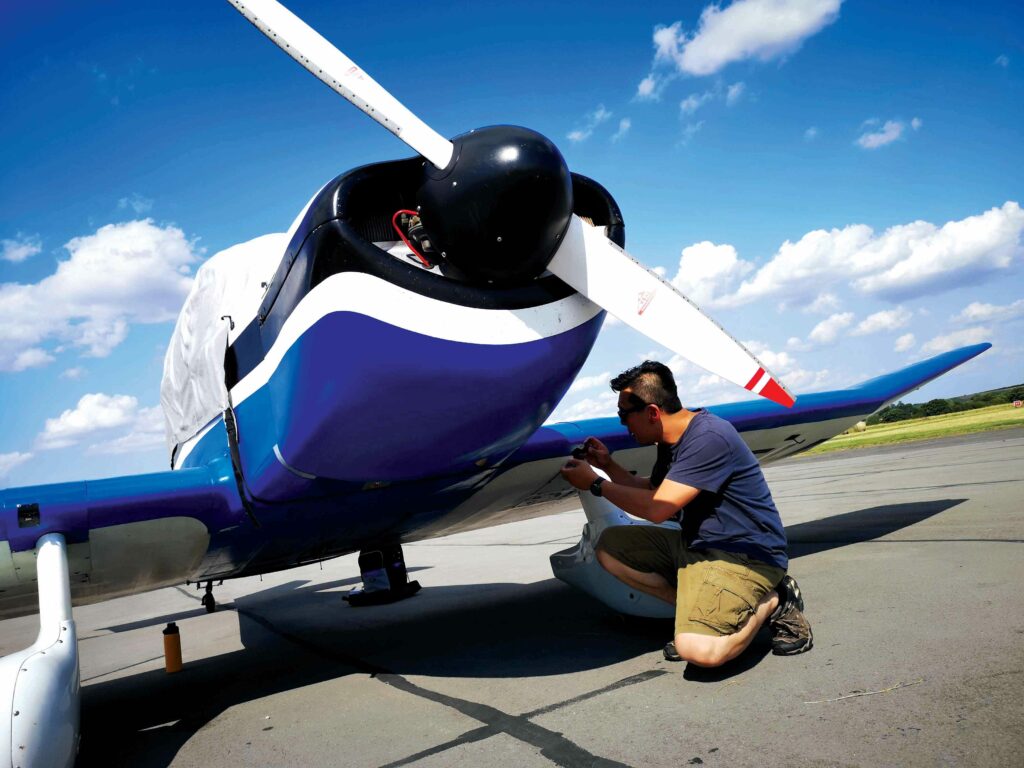
Everrati’s head of engineering discusses novel ways of electrifying classic cars with Will Gray
Electric vehicle (EV) technology is moving at a rapid pace and much of that is thanks to people like Tony Fong. As head of engineering at luxury electric car company Everrati, he is pioneering cutting-edge innovation in the most unlikely of places – by implanting the latest powertrain components into old classics to create the systems of the future. Read more…
Motor testing
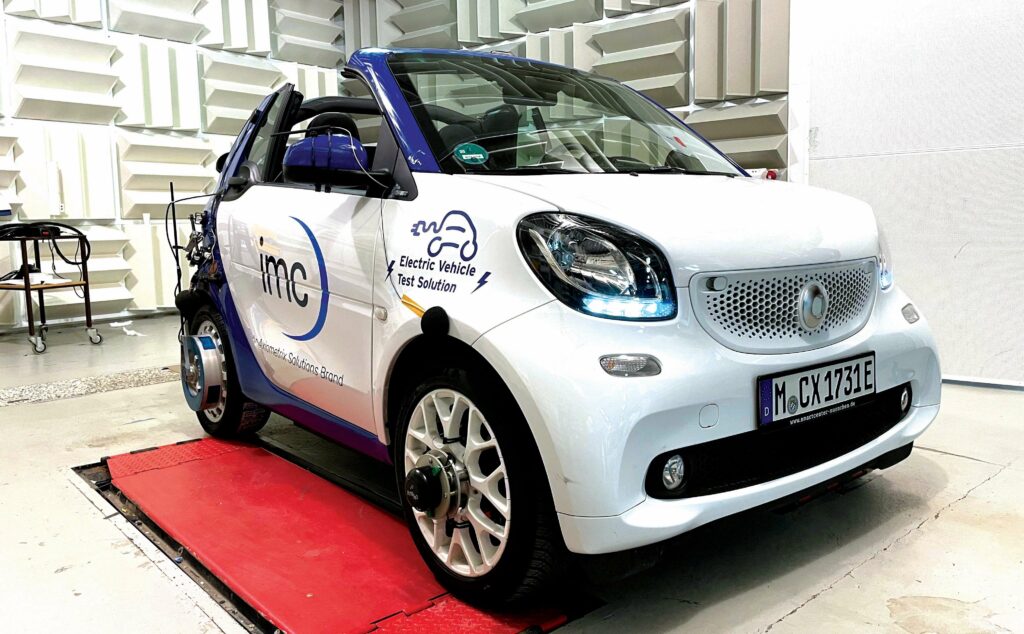
Peter Donaldson examines various means of testing electric motors.
Although mechanically simple, compared with internal combustion engines, the electric motors forming the heart of the propulsion system of EVs of all kinds must go through intensive testing. This involves the use of many technologies and procedures to probe performance, efficiency, reliability and safety at every stage of manufacture and integration. Read more…
Scania enhances e-bus offering with new e-machine, battery and charging options
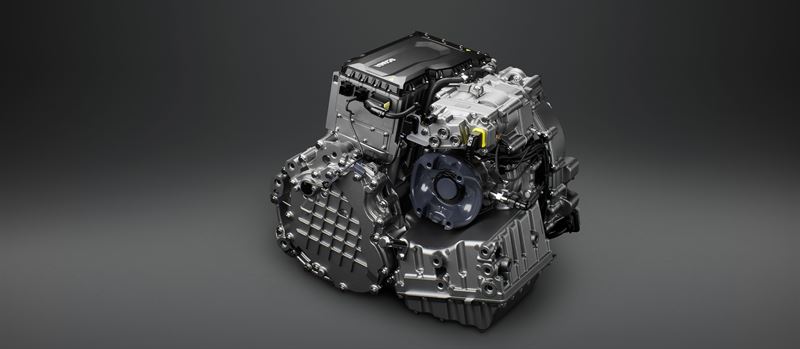
Scania’s new e-machine is fully adapted to the company’s complete battery-electric bus platform. Four power options are now available, and an integrated two- or four-speed gearbox, offering an impressive combination of increased performance and efficiency, flexibility and zero emissions. A further battery option has been added, and a charging interface at the rear of the bus will quicken power uptake. Read more…
magniX launches new engine range for electric helicopters

magniX, the company powering the electric aviation revolution, today announced the launch of a new range of lightweight, high-speed electric engines. HeliStorm engines are ideally suited for helicopters, from light single engine to larger hybrid-electric twin engine rotorcraft, as well as for airborne power generation. Read more…
New VW ID. EVERY1
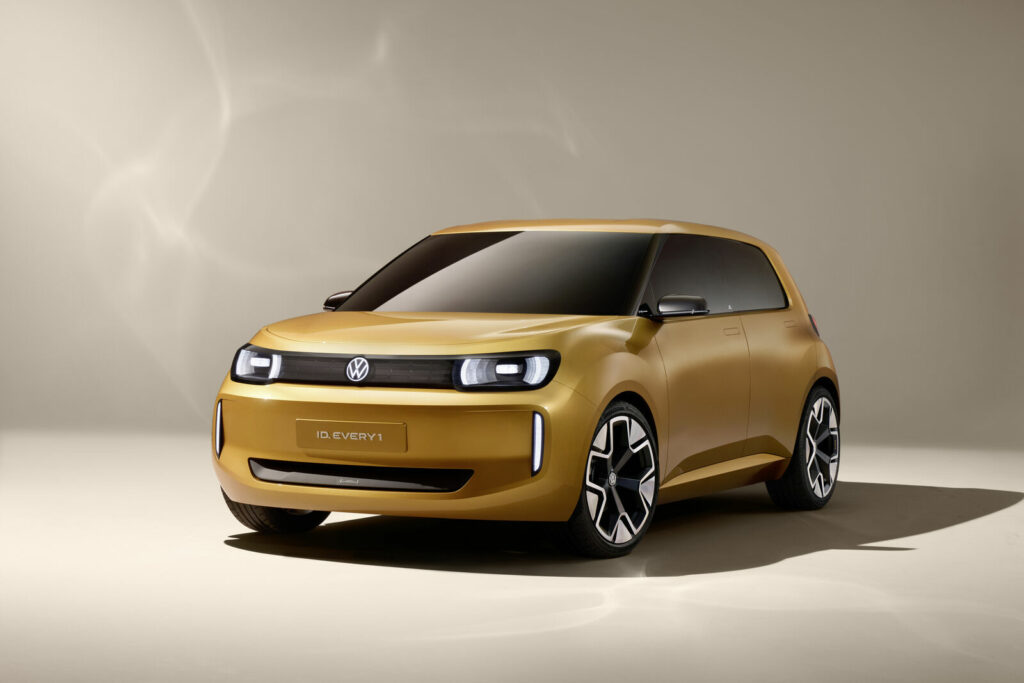
Since the Beetle, Volkswagen has been enabling affordable mobility for millions of people with compact and likeable cars. With the ID. EVERY101 concept car, the German car manufacturer is now showing an entry-level all-electric model. Volkswagen will launch the production version in 2027 – with a starting price of around 20,000 euros. The ID. Read more…
New VW ID. EVERY1

Since the Beetle, Volkswagen has been enabling affordable mobility for millions of people with compact and likeable cars. With the ID. EVERY101 concept car, the German car manufacturer is now showing an entry-level all-electric model. Volkswagen will launch the production version in 2027 – with a starting price of around 20,000 euros. The ID. Read more…
New manufacturing innovations offer EV weight loss
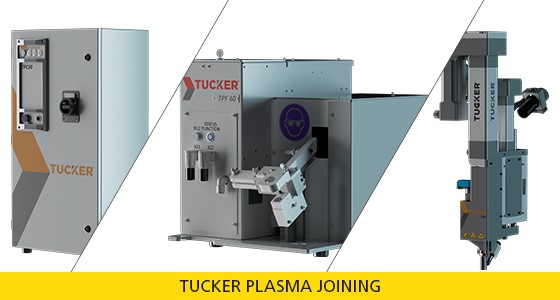
The quest for greater efficiency and range in EVs is often focused on battery technology and drivetrain efficiency, but fundamental physics point to another key factor in the equation: weight. The increasingly popular move from 400V to 800V systems saves weight through lighter cables, but even reductions of a few kilogrammes can make a tangible difference and one company is exploring innovations in sheet metal that could change the game. Read more…

